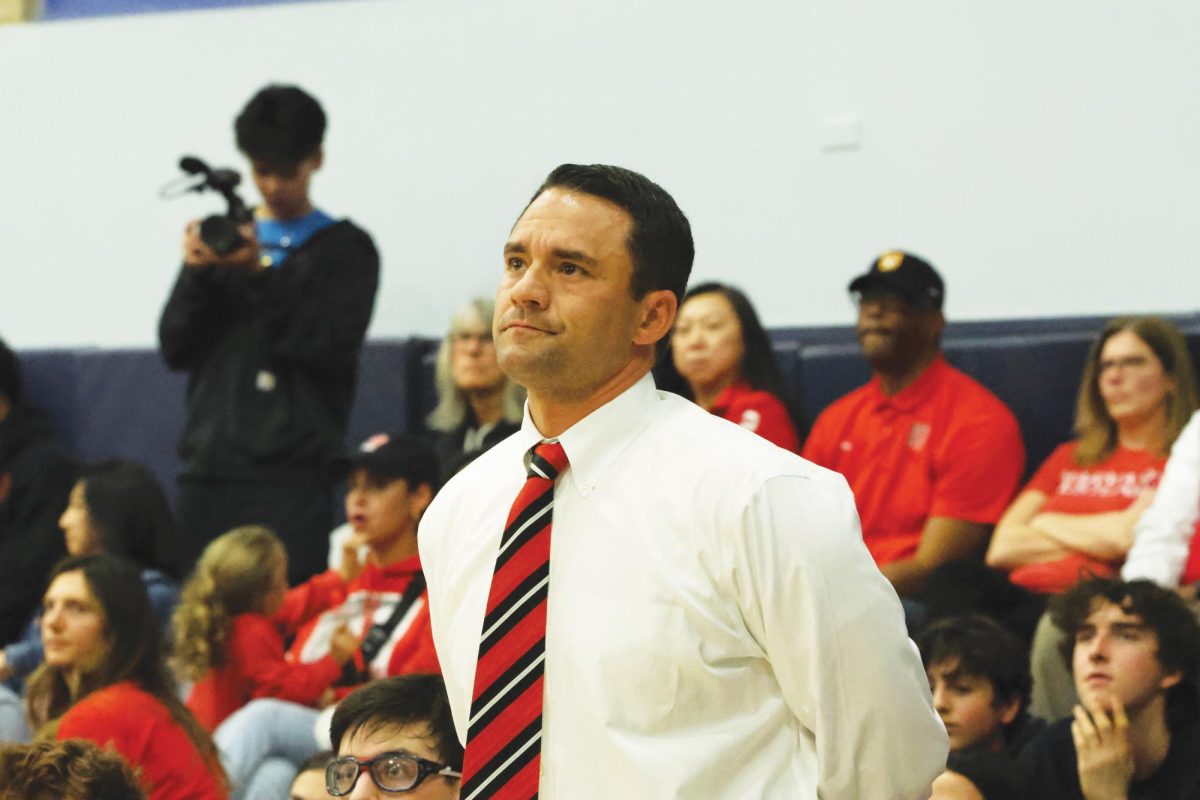Sunday, Jan 18
From the moment we got off our shuttle van in Domino Park on Calle Ocho in Little Havana, Miami, we could feel the difference in culture.
Inside the park, retired Cuban immigrants were spending hours glued to their domino or chess game. The environment was filled with laughter, fast-spoken Spanish and the smell of cigars.
I quickly snapped photos, hoping not to get kicked out of the park for being a disruption. Luckily, I was greeted with cheerful smiles and even old folks who posed mid-game for a picture. With the quick camera lesson we were given by Jeff McIntyre, I was able to vary my shots using different angles and points of focus.
Outside the gated park, I filmed videos of a Cuban man singing songs in Spanish. The beat of the drums vibrated my entire body and the maracas contrasted the low booming of the drums. We danced to the Son Cubano music and interviewed Cuban street vendors.
We met a woman whose family lives in Havana, our destination in Cuba. She told us that she could not return to Cuba for fear of imprisonment or persecution for speaking out against Fidel Castro. She had escaped, but had to sacrifice leaving her family behind.
Her dream was to help Cubans realize what she believes is corruption in her home nation. We filmed her interview and asked her if it was possible to meet her family in Havana and send her a message. She burst into tears and that’s when I knew that through our trip, we could really make a difference through our videos and photography.
—Angela Chon
Sunday, Jan 18
After checking in at the Crowne Plaza Hotel in Miami, all 26 of us boarded two shuttles to the “most famous Cuban restaurant” Versailles for dinner. Though swarms of people awaited entry in the humidity of coastal Florida, we squeezed right into the seats where Cuban rebels and mafia supposedly once plotted their tactics in hushed voices. Now filled with tourists, though the waiters often spoke Spanish, the restaurant is lined with mirrors and lights from top to bottom, reflecting 26 hungry tourists devouring empanada appetizers and classic rice and chicken Cuban cuisine.
Though the food was authentically Cuban, it was clear from the commercial airplanes flying ahead that we were still very much in the United States.
Because our flight to Cuba was delayed to later in the afternoon, on Sunday morning we had a chance to explore Little Havana in Miami, especially Domino Park, where Cubano refugees with tales of being airlifted and smuggled cluster and socialize, a glimpse of the history infused in the streets of the city.
It was here that I really got lost in the Cuban culture, forgetting the Miami airport was just a few miles away.
The park is only a few square feet, more of a fenced corner than a grassy and developed park, but crowds of older men and women occupy its benches and the small square outside.
A colorfully dressed man with a heavy accent asked us where we’re from through his microphone, welcoming and thanking “the students from Los Angeles” and even treating us to his rendition of “Feliz Navidad” as we sang along and his friends beat the drum and the maracas. All around were native Floridians and tourists alike, bobbing their heads or joining in the dance circle that formed.
One man standing around broke out in salsa-like dance, pulling some of us into the dance, feet moving in speed I’ve never seen, twirling our brave students around as onlookers clapped and laughed. Later on, a young couple just happening to walk by putsus all to shame with their perfectly choreographed synchronization— the girl in Hollister shorts, no less.
In the middle of it all I was handed a rose made out of a palm leaf, as a woman told me she married a “great, crazy Cuban man” but has never learned Spanish. Her weathered hands skillfully and quickly produced another rose as she explained she makes them for charity, for a group of disabled children at her church. After she made my friend a fish, he handed her a $10 bill.
The heat, though temperature similar to Los Angeles, beat intensely on our backs in all its moisture, but none of us noticed the hours had gone by into lunchtime. We all furiously tried to document more of the moments, the music, and the people.
On the way back to the hotel as our last stop before real Havana, the ice cream stores, car dealerships, and food spots proclaiming “best Cuban sandwich” appealing to the tourists were the only reminder that we had not yet left the country.
The check-in booth before boarding our flight is in the very corner of MIA, as I passed by stores decked with American candy and People Magazines that I will no doubt miss. The flight attendants were not wearing matching apparel, instead stamping large “DOCS OK” on our wide array of papers. The digital screens above screamed HAVANA.
It is only as I threw away my McDonalds lunch of chicken nuggets, fries, and Diet Coke to board the plane that I realize the onslaught of culture and movement immersion was only about to begin.
—Eugenia Ko





































